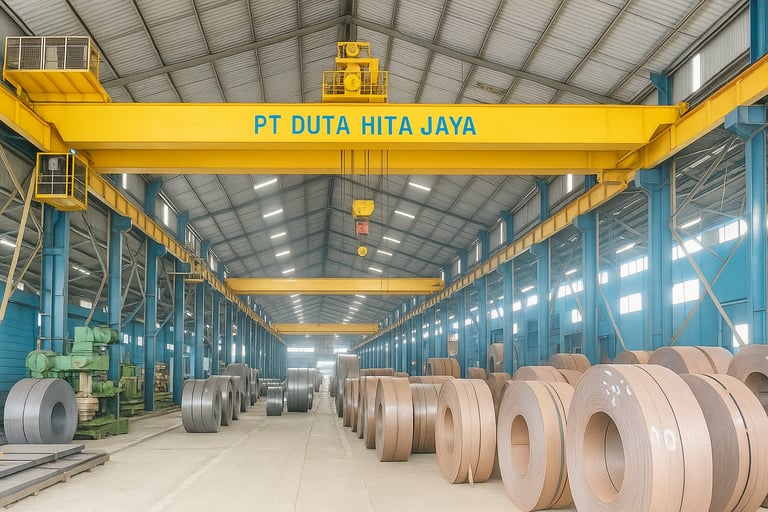The Power of Cranes: More Than Just Heavy Lifters
Steel Structure
Have you ever been amazed by a giant machine effortlessly lifting tons of material into the air? That’s a crane — more than just a piece of heavy equipment, it’s a marvel of engineering, physics, and precision. Cranes make it possible to build skyscrapers, massive bridges, and even install giant wind turbines. This article takes you inside the fascinating world of cranes — how they work, why they’re essential, and how they’ve become the backbone of modern construction.
What Is a Crane and Why Is It Important?
In simple terms, a crane is a machine equipped with a hoist rope, wire ropes or chains, and pulleys, designed to lift and lower heavy loads. Using basic physical principles such as leverage and pulley mechanics, cranes amplify force, allowing extremely heavy materials to be lifted with remarkable ease.
The importance of cranes in construction and industrial operations is undeniable. Without them, the development of modern infrastructure — from high-rise buildings and ports to bridges and power plants — would be slow or even impossible. Cranes enable the movement and precise placement of large structural components such as steel beams, precast concrete, and bridge sections with unmatched efficiency.
Read also: Steam Power Plants (PLTU) – Understanding the Energy Source Around Us
How Does a Crane Work?
Though cranes come in many types and designs, they generally rely on a combination of systems that work together seamlessly:
1. Hydraulic System
Most modern cranes use powerful hydraulic systems to control their booms and lifting mechanisms. Pressurized fluid generates immense lifting force while maintaining smooth movement.
2. Drive System
Cranes are equipped with motors and transmission systems that enable rotation or movement — whether it’s a stationary tower crane or a mobile crane moving across a site.
3. Cable and Pulley Mechanism
The cable-pulley system is at the heart of lifting. Multiple pulleys distribute weight, reducing the force needed to lift heavy loads — though it increases the amount of cable travel required.
4. Counterweights
To ensure stability, especially when lifting loads far from the crane’s center, counterweights are added to balance the system and prevent tipping.
The Crane: A Modern Engineering Marvel
Cranes are more than mechanical lifters — they represent the fusion of strength, precision, and innovation. These machines empower us to construct the impossible, shaping skylines and advancing industries worldwide.
Source:
Asuransi Astra Blog – What Is a Tower Crane: Types, Working Principles, and Main Components


